
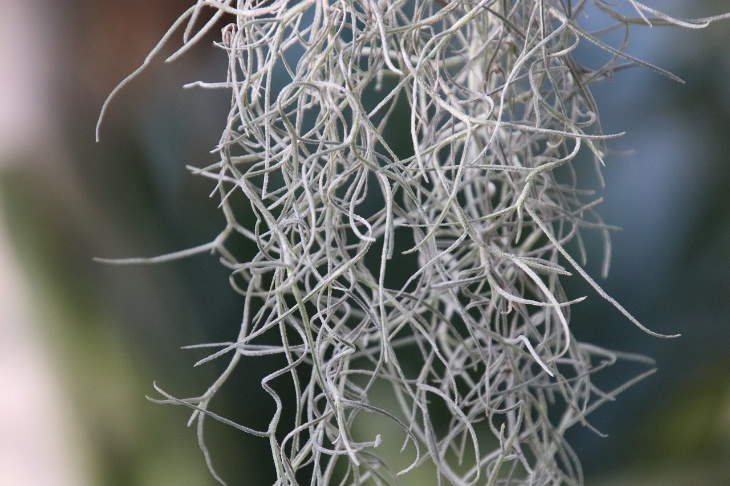

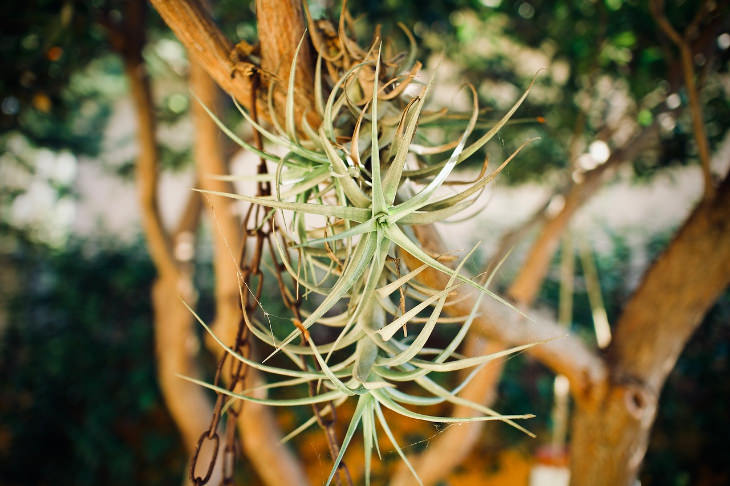
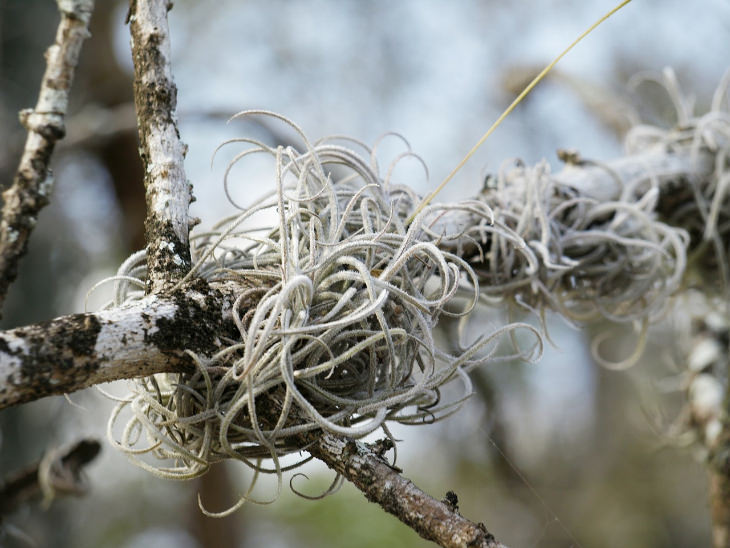
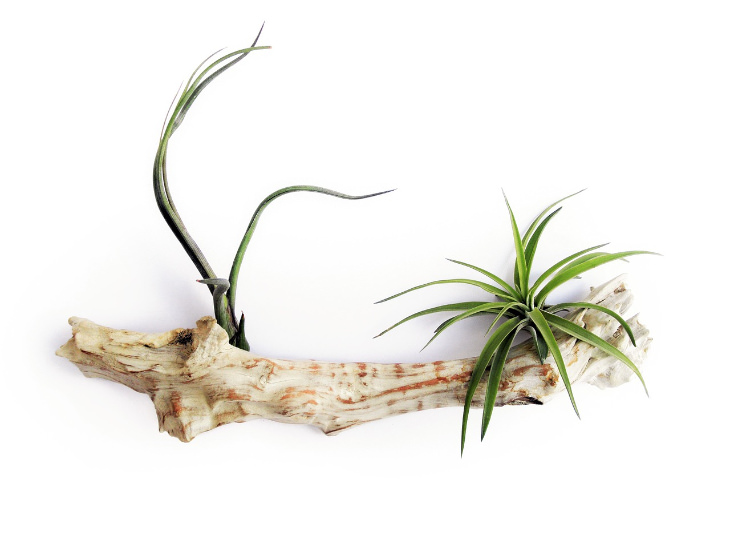
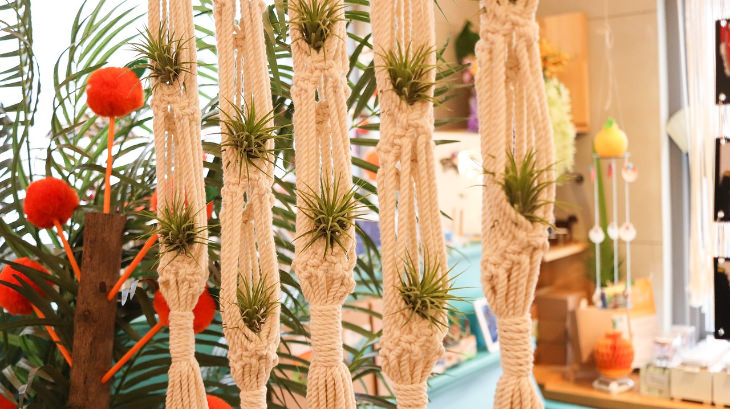

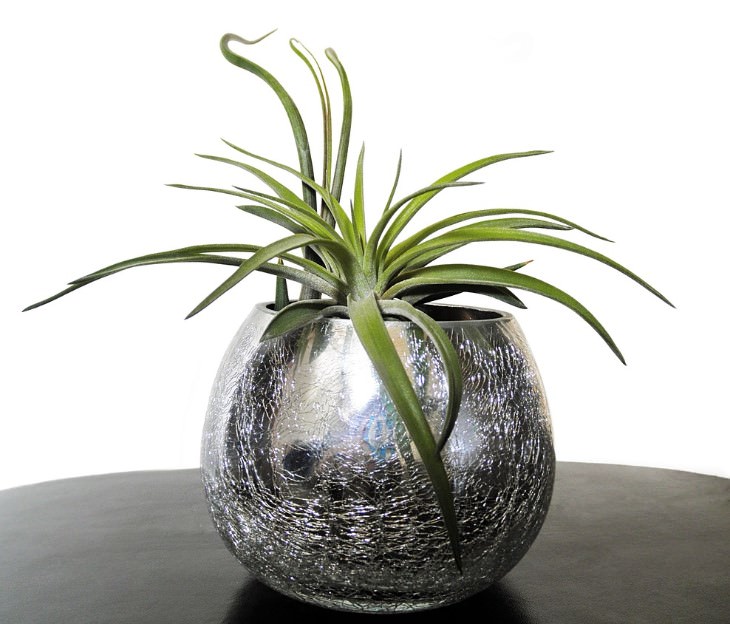
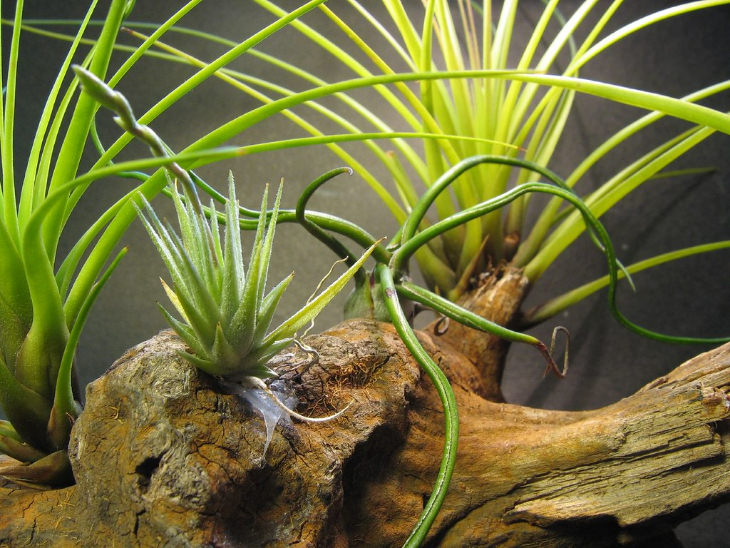
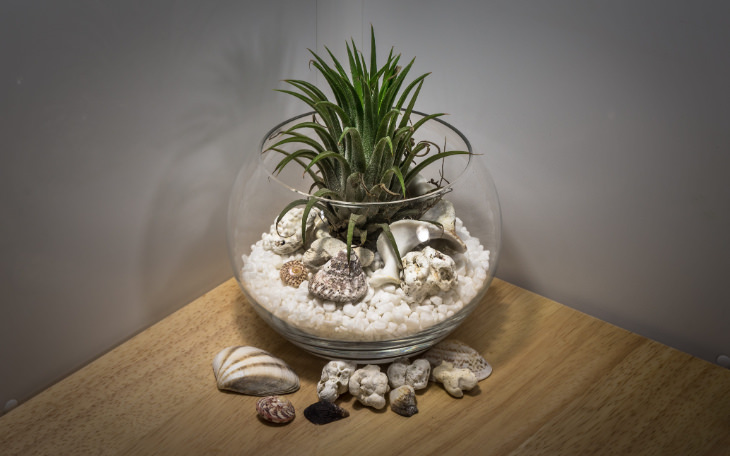
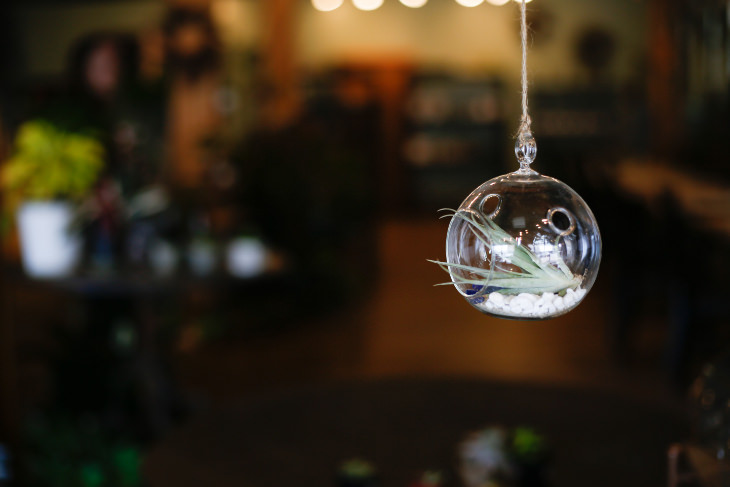
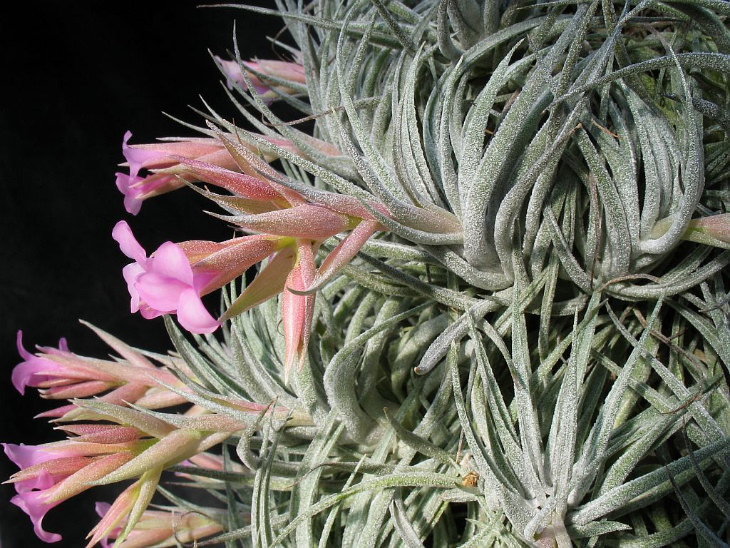
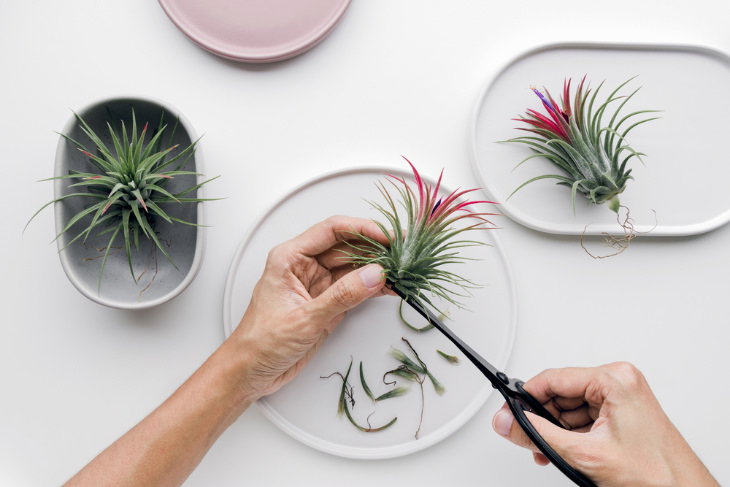
H/T: TreeHugger, AirPlantSupplyCo.
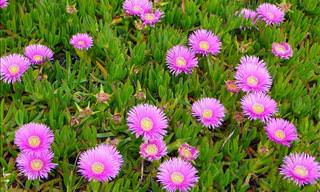
These Flowers Add Color With Very Little Gardening Effort
If you want to have a colorful summer garden but don't fancy dedicating all your free time to it, all you need are these 12 flower varieties. Read on for more.
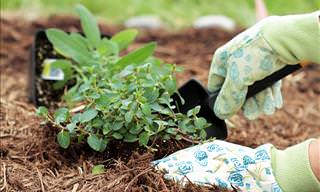
Winter Is a Harsh Time For Plants, Here's What to Do
Here's how to go about protecting your plants in the winter.
 7:17
7:17
Do This Garden Hack Now, Reap the Fruit Next Year
Learn what is cover cropping, what are its long-term benefits and how to do it in your garden
 8:47
8:47
7 Unusual Varieties of Citrus
This video will introduce you to a range of citrus fruit you've likely never even heard of - from oranges that taste like mango to orange-colored limes.
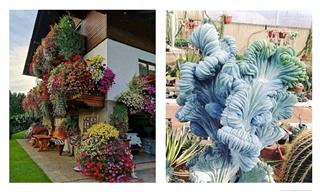
These Cozy Gardening Pics Will Add Sunshine to Your Day
This beautiful collection of gardening pictures will add sunshine to your day!
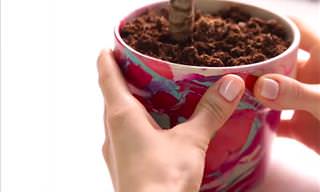 12:09
12:09
Spruce Up Your Garden With These Brilliant DIY Ideas
This brilliant video contains 16 different DIY ideas that are perfect for any garden. What's more, they couldn't be any simpler to make!

10 Surprising Items You Can Clean in the Washing Machine
The washing machine can be useful for more than just clothes. 10 surprising items you can clean in the machine with no trouble.

These Useful Vintage Tips from the 1900s Still Work Today!
Not everything changes over time, which is why these vintage solutions to everyday problems are still as useful today as they were in the 1900s!
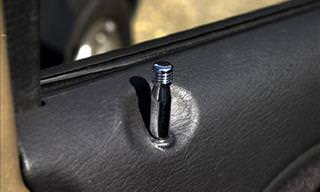
Locked Your Keys inside Your Car? You Need This Hack!
If you've locked yourself out of your car, this neat trick will help you solve your problem.

These Life-Changing Tricks Will Make Your Scalp Less Oily
We will show you how to make your hair produce less oil and give handy tips and DIY tricks that can help reduce the appearance of oily hair

We Bet You're Not Aware of These Real-World Facts
Don't miss this random collection of interesting real-world facts from the world over that you are unlikely to have heard before
 8:00
8:00
Loop, Knot, Drape: Fall Scarf Tying 101
This lovely woman demonstrates the better versions of how to wear a scarf, what not to do and how to easily make beautiful fashion choices.

Are Your Sofa Cushions Sagging? Here's What to Do
Got saggy sofa cushions? Here's what to do.

Extend the Shelf Life of Your Groceries with These Hacks!
Here are 12 super useful grocery life hacks that will make your groceries last longer and ensure no food is wasted!

I’ve Found a Natural Remedy for Those Red Bumps on the Skin
A natural remedy to erasing those red bumps that appear on your arms without visiting the dermatologist. You only need to ingredients, which are easily found at the grocery store.
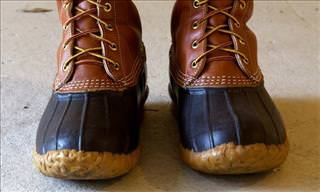
Spend the Money on These Items and They'll Last a Lifetime
There are certain items that we shouldn't be afraid of spending a bit more on, and this is because paying for quality will ensure they last us a lifetime.

12 Unusual DIY “Hacks” People Used to Improve Their Lives
Take a look at some weird and unusual "inventions" made by people to solve their everyday problems.

Why You Should Start Using BAKING SODA in Your Laundry
Here’s why we should all start keeping a jar of baking soda in the laundry room and how to use it to wash clothing and even deep clean the washing machine.
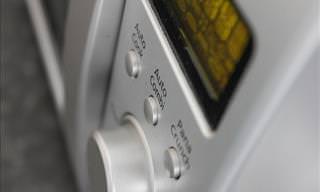
21 Sizzling Hot Microwave Tips To Improve Your Life
The microwave is something we use every day, but did you know how many different ways you can use it? Here are 21 surprising uses.
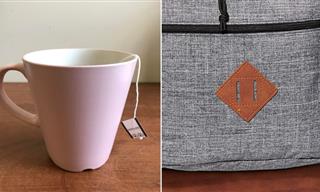
All 11 of These Ordinary Items Have Clever Hidden Features
Not only is it fun to find out the purpose of these secret features, but it’s also quite useful to know them!

40 Incredibly Useful Things You Can Do with Vinegar
Vinegar is one of the most useful materials in the house...

How to Prepare Matcha, the Healthiest Drink on the Market!
Matcha green tea is one of the healthiest drinks out there and this is how you can make it yourself.

10 Household Items You Should Disinfect Every Day
Here is a list of 10 essential household things that you simply must disinfect during the winter months.

DIY: Make Your Own Face Mask in a Few Easy Steps
To get around the shortage, you can make your own DIY surgical face mask. It can be easily done even if you're can't or don't want to sew.

Shocking Bathroom Items That SHOULDN'T Be in the Bathroom
Bathrooms get so damp and humid, they are a breeding ground for bacteria. And here are 8 surprising things we need to keep out of the bathroom.

How to Clean BETWEEN the Oven's Glass Panels
Here is a neat trick you can use to make sure that this troublesome gap is kept free of dirt and filth so that your oven door remains spotless!

What Does Your Handwriting Say About You?
These graphology tips will help you figure out what your handwriting says about you.

19 Household Items You Need to Change Now
It's high time you change these household items.

Read This to Deal With That Terrible Smell In Your Fridge!
If there's a bad odor in your refrigerator, then this guide will show you exactly how to get rid of it quickly and easily.

Create a Lasting Memory of Your Pet in These 10 Ways
If your pet has just passed away, here are 10 great ways to remember the life you've shared together.

7 Kinds of Food Known to Cause Adult Acne
There is a significant link between adult acne and diet. These 7 food types are known to cause acne in adults

Banish Your Skin's Pimply Blemishes with These 8 Remedies
You thought and hoped you'd left those acne ridden days behind you. Well with these 8 home-remedies you may finally be able to enjoy pimple free skin.

The Ultimate Makeup Guide You Need in Your Life!
Learn how to prepare makeup for day-to-day as well as special occasions the right way thanks to the nifty tricks given by this life-saving infographic!

These Sleep Secrets Are Only Known to a Few...
What are the things that will help make your sleep better?
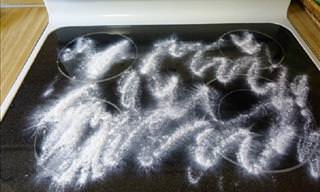
Here's One Really Cheap & Easy Way to Clean a Stovetop
Looking for an effortless and cost-effective way of cleaning your stovetop? Then you've come to the right place.
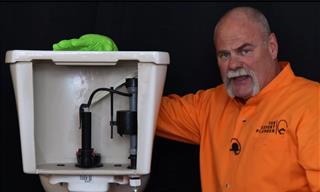 7:25
7:25
Easy Tutorial: How to Fix a Running Toilet
In this tutorial, you'll learn, in the most straight-forward and practical way, how to fix a running toilet.
 14:52
14:52
Here Is the Secret For Making the Perfect Hamburger
This video is for those of you who are hamburger enthusiasts and want to learn everything there is to know about making a savory burger.

10 of the Fastest-Growing Vegetables
There is a variety of fast-growing vegetables, including legumes, leafy greens, and root vegetables. We feature 10 of the fastest-growing veggies in this article.

Quick and Easy Ways to Defrost Your Car Windscreen
Going to your car and finding the windscreens covered in ice is one thing that annoys us all. Here are three easy ways to quickly defrost your car windows!

These 10 Phrases Will Make People Like You a Lot More!
Your choice of words can leave a long after the particulars have been forgotten. Here are 10 phrases you should add to your daily speech.

Genius Hotel and Packing Tricks You’ll Surely Appreciate
These invaluable tricks will help you get around 18 common traveling problems, particularly those that deal with hotels and luggage packing...

The Ownership Effect: Have YOU Fallen Prey to It?
An article about the ownership effect, a psychological effect that causes us to overvalue the things we've owned.

Follow These 3 Easy Steps to Ripen an Avocado in Minutes
This foolproof trick will make your rock hard avocado soft and creamy in mere minutes. Just follow these simple instructions...

4 Smart Ways to Keep Your Herbs Fresh
To help keep your herbs fresh and delicious for longer, we've compiled four tips for you.

Buying Clothes Online Made Easy! Body Measurement Guide
Learn to take accurate body measurements at home and make online shopping so much easier!

The Devil Is in the Detail, Even When it Comes to Cleaning...
This guide shows you how to clean every room in your home, as well as specific parts of each one. You won't find a more detailed home cleaning guide than this.

62 Great Uses For Things You Have at Home!
If you keep finding random objects around your house such as rubber bands and old clothespins, don't throw them away just yet!


